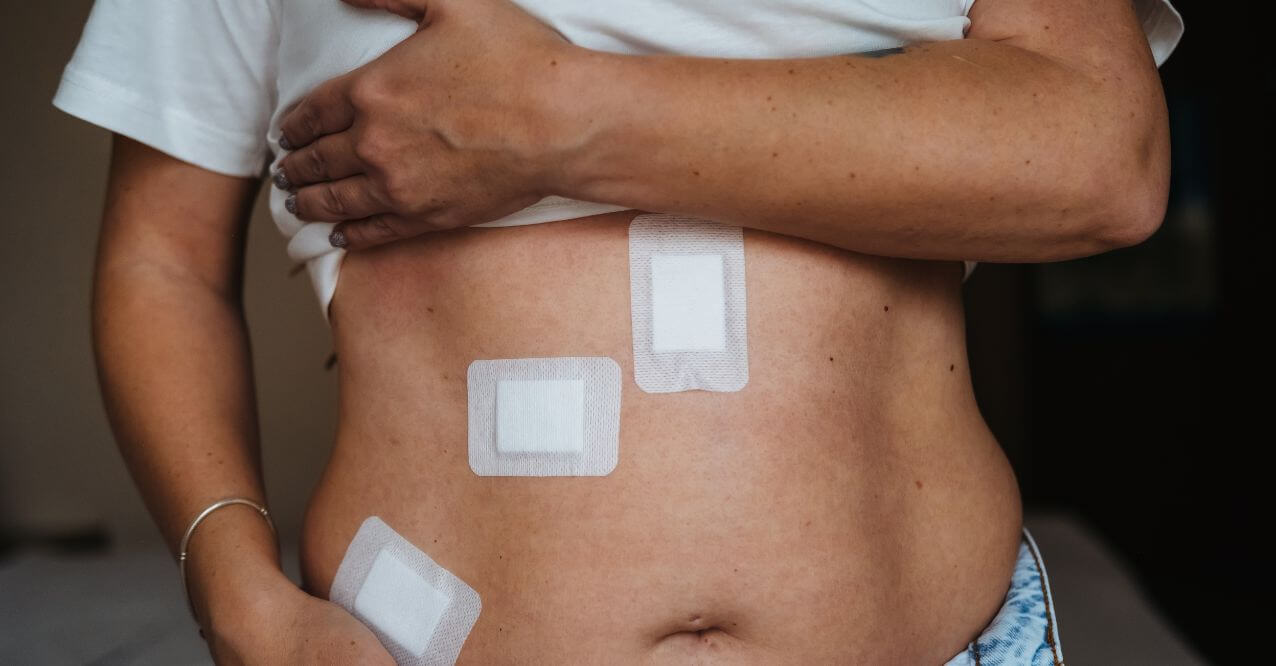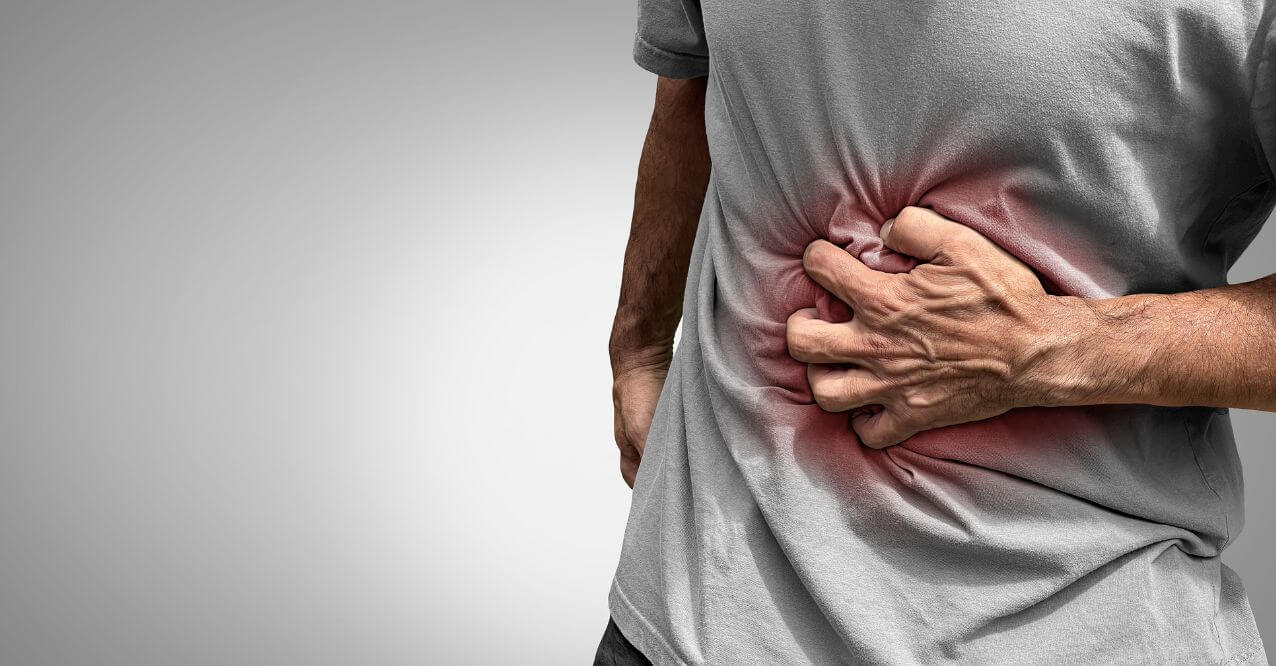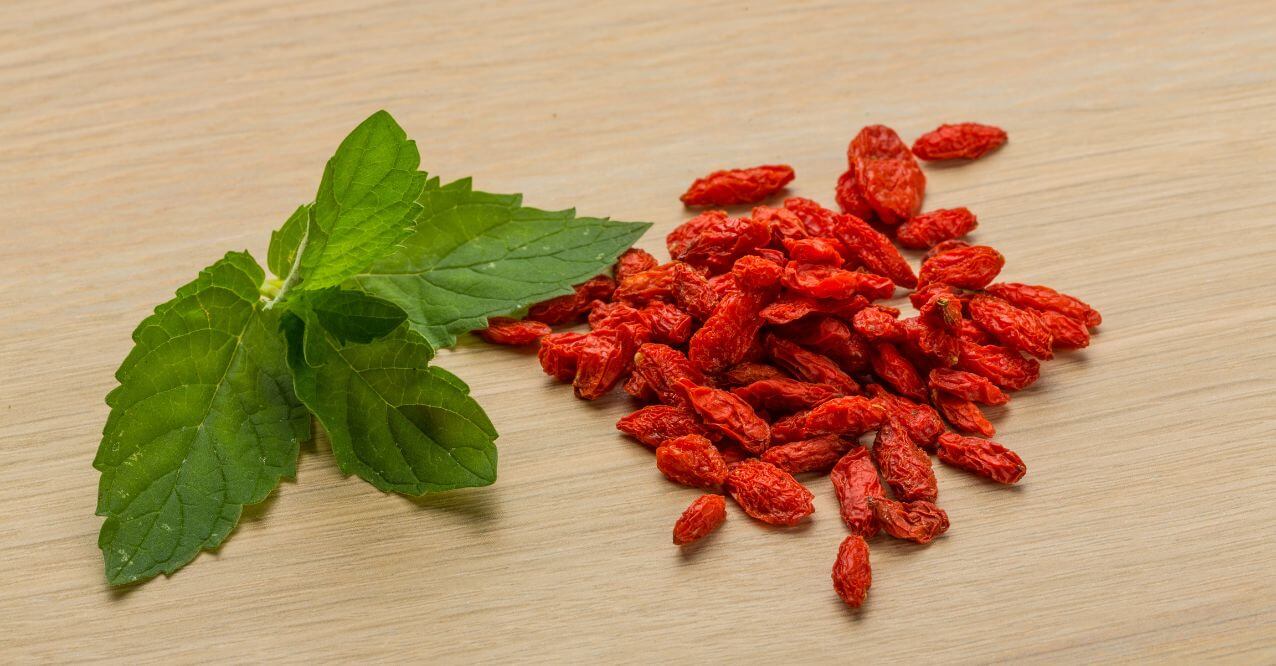8 Signs You Have Liver Problems After Gallbladder Removal
Medically reviewed by our experts


Your liver and gallbladder work together to support digestion and overall wellness. While the liver handles hundreds of important tasks, including producing bile, the gallbladder’s main role is to store and release that bile to help break down fats during digestion.
If you’ve had your gallbladder removed, you might wonder how this affects your liver long-term. Without a gallbladder, your liver takes on a heavier workload, which may sometimes lead to discomfort or noticeable changes in how you feel.
In this article, we’ll explore liver problems after gallbladder removal – the signs to watch for and simple ways to support your liver’s health moving forward.
Liver Functions
Your liver plays a central role in keeping your body balanced and energized. It helps with many important tasks that support overall well-being, including:
- Metabolizing nutrients from food to create energy and support growth.
- Detoxifying harmful substances to help clear toxins from your bloodstream.
- Producing bile to aid in the digestion of fats.
- Supporting other organs by regulating hormones and storing essential vitamins.
Gallbladder Functions
The gallbladder is a small, pouch-like organ located beneath the liver. Its primary role is focused on storing and managing bile. Key functions include:
- Storing and concentrating bile produced by the liver.
- Releasing bile into the small intestine to support fat digestion after meals.
- Aiding in the breakdown of fats for easier absorption of nutrients.
Signs You Have Liver Problems After Gallbladder Removal
After gallbladder surgery, it’s common to experience changes in digestion. The liver and gallbladder work closely together, so when one is removed, the other must adjust. Without a gallbladder to store bile, the liver must release bile directly into the digestive tract – a process that doesn’t always work as smoothly as before. Over time, this extra burden on the liver can contribute to various issues.
Some people notice changes in how they feel, while others may develop clear signs that their liver needs additional support. Below are some of the most common symptoms that might suggest liver problems after gallbladder removal.
Fatigue and Weakness
When your liver struggles to keep up with its responsibilities, your energy levels often suffer. A sluggish liver may have difficulty processing nutrients efficiently, which affects how your body converts food into fuel.
Signs to watch for include:
- Feeling tired even after a full night’s sleep
- Muscle weakness or a general sense of heaviness
- Lack of motivation or mental clarity
Nausea and Vomiting
Your liver plays a vital role in filtering toxins and managing fat digestion. Without proper bile regulation, you may experience digestive discomfort. Nausea and occasional vomiting can happen when your body struggles to process fats or when toxins accumulate.
Common triggers may include:
- Fatty or greasy foods
- Large or heavy meals
- Changes in digestion due to missing bile storage
These issues are often more noticeable after gallbladder removal because your digestive system has to adapt to a constant, low flow of bile rather than controlled releases.
Abdominal Pain
Liver-related abdominal pain can vary from mild discomfort to sharper sensations. This pain is often felt in the upper right side of the abdomen, beneath the ribs.
It may present as:
- A dull ache
- Sharp or stabbing pain after gallbladder removal
- Pain that worsens after eating
This discomfort may come and go or feel more constant over time, depending on how well your liver is managing its workload.
Loss of Appetite
Liver issues often affect how your body digests and absorbs nutrients. When digestion slows down, or when eating leads to discomfort, it’s natural for appetite to decline.
Signs may include:
- Feeling full quickly
- Disinterest in meals you usually enjoy
- Skipping meals due to nausea or bloating
Itching
One lesser-known sign of liver strain is persistent itching. This occurs when bile salts build up in the bloodstream because the liver isn’t effectively processing or releasing bile.
Itching is often:
- Widespread, affecting arms, legs, and torso
- Worse at night
- Unrelieved by moisturizers or skin treatments
Weight Loss
Unintentional weight loss may signal more serious liver concerns. When your liver struggles, your digestion, metabolism, and nutrient absorption can all be affected.
Potential reasons include:
- Reduced appetite
- Difficulty digesting fats
- Nausea leading to skipped meals
Jaundice
Jaundice after gallbladder removal is a clear sign of liver distress. It happens when bilirubin, a yellowish substance from red blood cells, builds up because the liver can’t process it properly.
Key symptoms of jaundice include:
- Yellowing of the skin and eyes
- Dark-colored urine
- Pale-colored stools
Heartburn
Many people notice heartburn after gallbladder removal. This happens because bile flows directly into the digestive tract, which can lead to irritation of the stomach lining or esophagus.
Signs of this include:
- A burning sensation in the chest or throat
- Discomfort after eating
- Symptoms worsening when lying down
How to Fight Liver Problems?
Supporting your liver after gallbladder removal is all about making small, consistent lifestyle choices that promote healthy digestion and reduce strain on your liver. While it’s common to experience some changes after surgery, these steps can help you maintain your well-being:
- Prioritize a balanced diet rich in fruits, vegetables, lean proteins, and fiber to support digestion and liver function.
- Limit fatty, greasy, and heavily processed foods as they can be harder to digest without the gallbladder’s bile storage.
- Stay hydrated to help your liver flush out toxins and maintain healthy bile production.
- Incorporate gentle exercise like walking or stretching to support circulation and metabolism.
- Eat smaller, more frequent meals to avoid overloading your digestive system.
- Avoid excessive alcohol as it adds unnecessary stress to your liver.
- Monitor your body’s signals and note any new or worsening symptoms.
- Consult a healthcare professional if you notice persistent discomfort, jaundice, or other signs of liver distress.
Conclusion
Life without a gallbladder often requires small adjustments to help your liver function smoothly. Paying attention to your body’s signals can help you recognize potential issues early. The liver plays a vital role in digestion, detoxification, and overall health. Without a gallbladder, the liver may face additional strain, which can sometimes lead to liver problems after gallbladder removal.
Common signs to watch for include fatigue, nausea, abdominal discomfort, itching, unintentional weight loss, and jaundice after gallbladder removal. Making mindful lifestyle choices – such as eating a balanced diet, staying hydrated, and keeping active – can go a long way in supporting your liver’s ongoing health.
Focus on vitamins that support fat digestion and absorption, such as A, D, E, and K. These are fat-soluble and may become harder to absorb without a gallbladder. Always consult a healthcare professional before supplementing.
Yes, the liver must release bile continuously without the gallbladder’s storage function. This can put extra strain on the liver over time, occasionally contributing to liver problems after gallbladder removal if not supported through healthy habits.
Support your liver with a balanced diet, regular hydration, and consistent physical activity. Avoid fatty, greasy foods and alcohol, as these add unnecessary stress. Small, frequent meals can also help your digestive system adjust and function better.
FAQ
References

